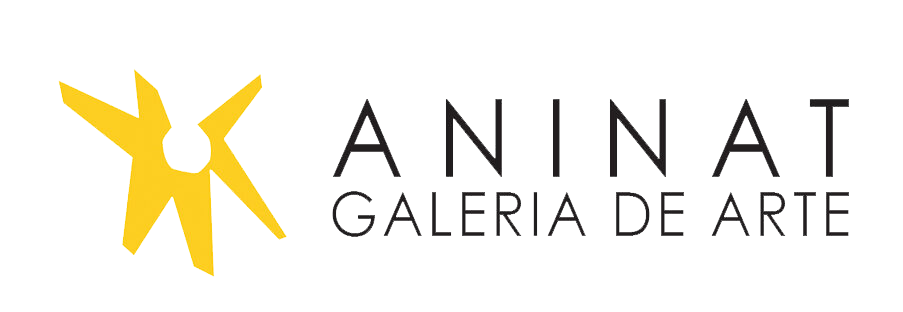Raúl Zurita
Poet and member of CADA, his work is anomalous in the Chilean literary and artistic tradition. Rich in gestures that aspire to transcend history, his poetry is located in a metaphysical time where the desert and the sky are the mirror that reflects the monumental vision of the mystic poet. Far from reigning idea that militant realism is the only possible language for the political art, Zurita looks to religion, to the abstract language of mathematics and to the Chilean landscape for a way to express his yearning. His body is the matter of art and sacrifice: he tried to burn his eyes with acid and slashed his face, giving himself over to the transcendent experience of pain. The trilogy of poems from those years: Purgatorio (Purgatory), 1979; Anteparaíso (The anteroom of Paradise), 1082; La vida nueva (The new life), 1982, exists alongside gestures that both evidence the poet´s search and expand the fields of art and literature.
Poeta y miembro del CADA, desarrolló una obra anómala para la tradición literaria y artística chilena. Cargada de gestos que buscan trascender a la historia, su poesía se sitúa en un tiempo metafísico, donde el desierto y el cielo son el espejo sobre el cual se refleja la monumental visión del poeta místico. Lejos del realismo militante como único lenguaje posible para el arte político de la época, Zurita busca en la religión, en el lenguaje abstracto de las matemáticas y en el paisaje chileno las formas que expresan su ansiedad. El propio cuerpo es materia de arte y sacrificio: intentó quemarse los ojos con ácido y tajeó el rostro, confiando en la experiencia trascendente del dolor. La trilogía de poemas de estos años (Purgatorio, 1979; Anteparaíso, 1082; La vida nueva, 1982) va acompañada de gestos que evidencian esta búsqueda a la vez que expanden el campo del arte y de la literatura.


